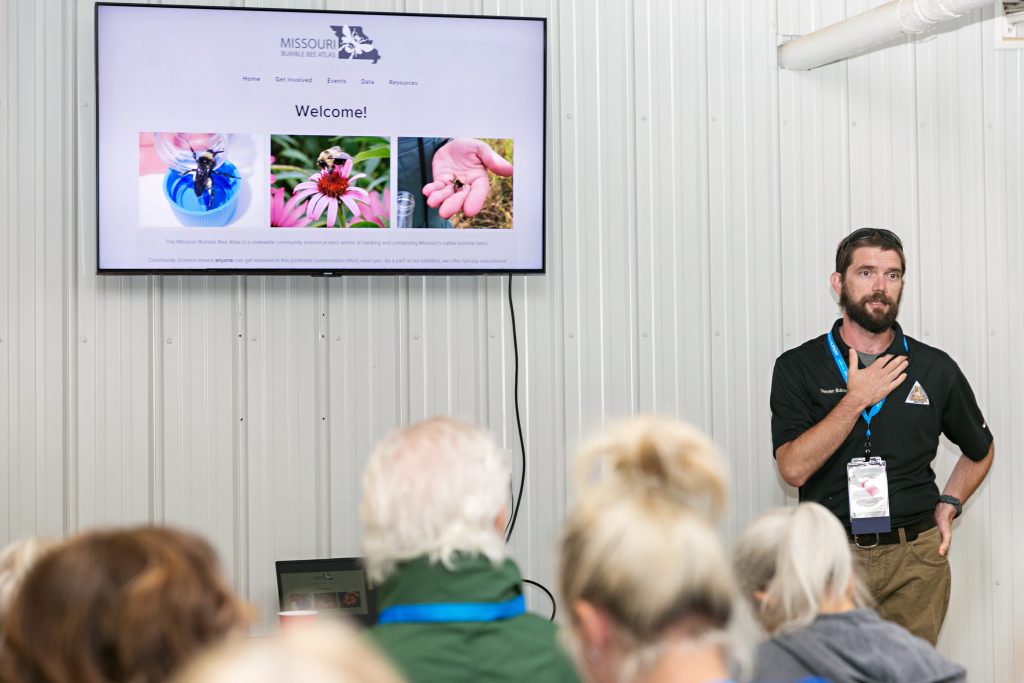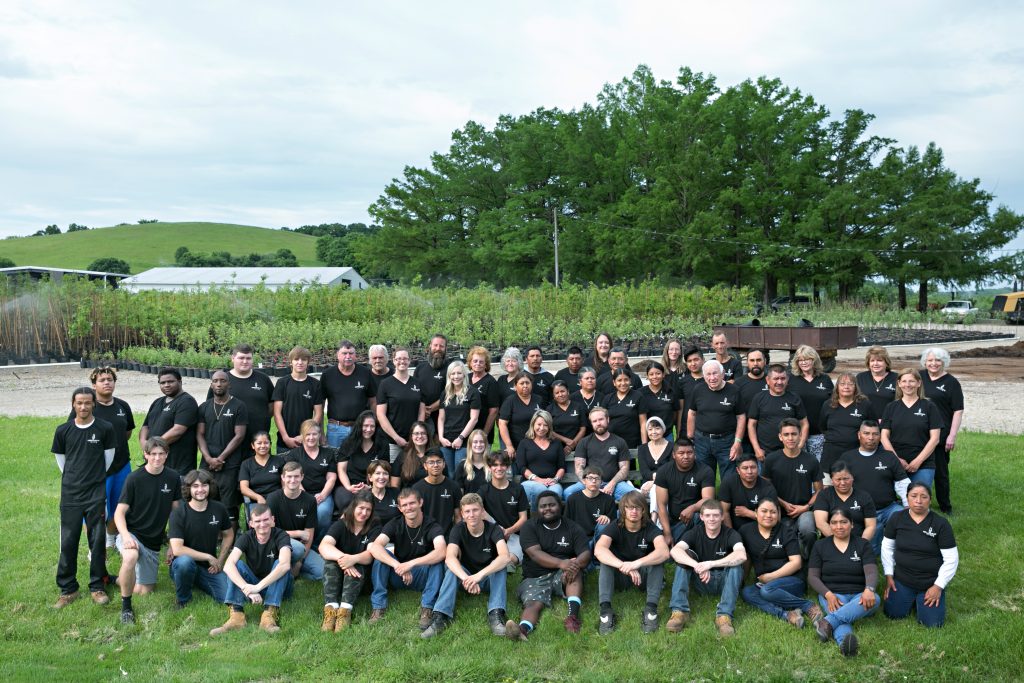Urbanization and increased pollution have affected native habitats throughout the past century. By some estimates, the U.S. has lost 150 million acres of habitat to urban sprawl.
Animals and plants evolve together in a region. Important relationships develop between them to create a balanced ecology.
Native plants are the foundation for life. Quality environmental restoration efforts begin with ensuring the health of local native plants.
This article will explain four reasons native plants are crucial to rebuilding local ecosystems.
1. Natural Water Filtration
A native rain garden offers a variety of ecological benefits. The roots of its native plants help reduce erosion and filter pollutants during periods of heavy rain. The EPA estimates that rainwater runoff accounts for up to 70% of water pollution. Excess rain can result in chemicals, oils, fertilizer, and bacteria entering local waterways. By filtering pollutants, potential damage to local plants, wildlife, and human populations is less.
Our Recommended Natives for Rain Gardens
2. Pollinator Populations Need Natives to Survive
Interdependency between species is the cornerstone of a thriving ecosystem. Few relationships are as meaningful as those between native plants and pollinators. Climate change, land development and agricultural practices all speed decline in pollinator populations. Pollinator decline has an ecological ripple effect in many parts of the country, and restoration is the only answer.
Research shows 87% of all flowering plants depend on pollinators (Restoration Ecology Vol. 27, No. 4, pp. 720–725). Adding native plants to landscapes is a fundamental part of restoring habitats. They provide food and shelter for pollinators and build healthy soil.
Our Recommended Natives to Support Pollinators

3. Natives Sustain Local Wildlife
Pollinators aren’t the only ones who enjoy a robust native plant population. Birds and mammals rely on native plants for food and cover. They forage for nuts and fruit, and depend on their shelter and protection from predators.
Birds play a significant role in sustaining local ecosystems. They provide seed dispersal services throughout their area. This is a prime example of the give-and-take nature of native plants and local wildlife.
4. Improved Air Quality
Like purifying local water sources, native plants also contribute to better air quality. It’s known that plants remove carbon dioxide from the air and store the carbon. But natives have a particular advantage over exotic plants. Their deep root systems allow native plants to store more carbon than non-natives.
Planting a native landscape makes you a partner with nature. By using native plants, you help restore our local ecosystems for the future.
Questions to Ask When Planting Your Native Landscape
Your Experts in Native

Forrest Keeling has an exceptional selection of native species that aid in restoring natural habitats and ecosystems. We grow hundreds of native trees, shrubs, perennials, and grasses. In addition, our plants have the added benefit of our patented RPM-production technology. A Forrest Keeling team member can guide your selection of native options and help you find the right plants for your nursery.
Forrest Keeling Nursery… it’s where the best natives begin! Contact us today.
